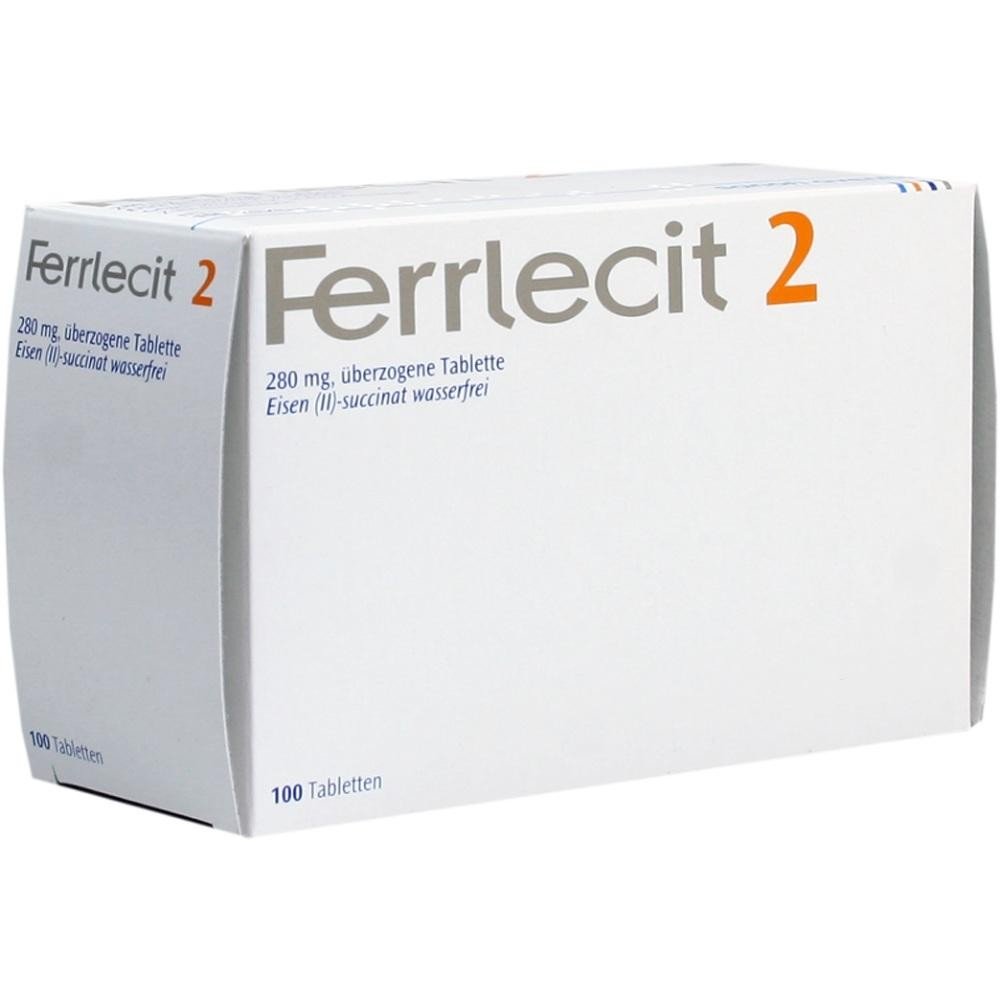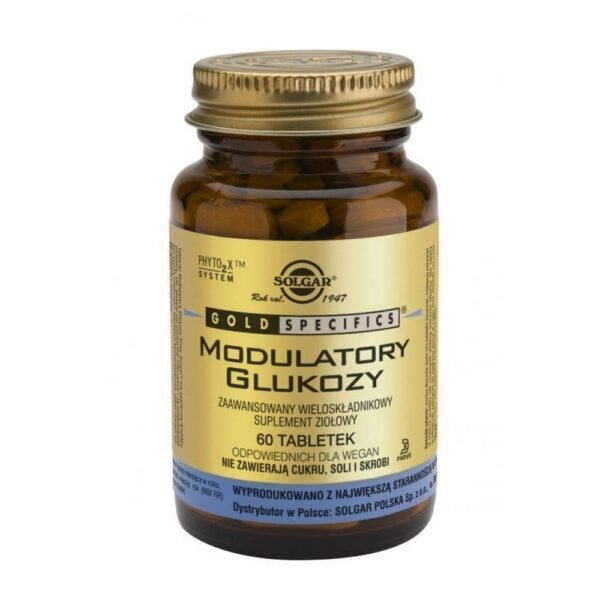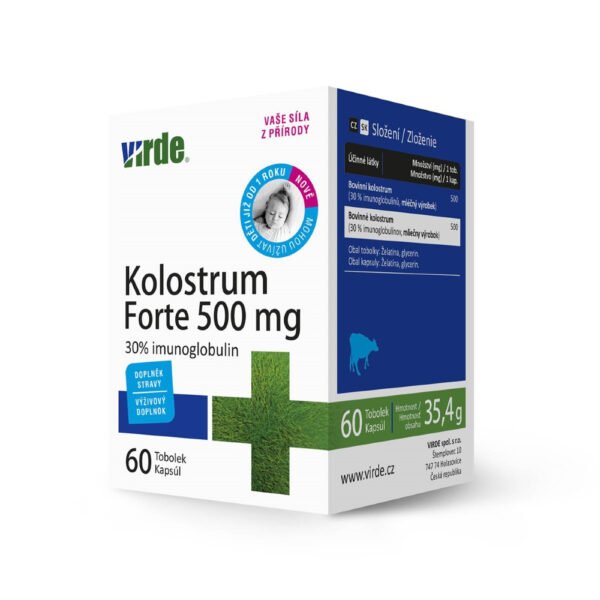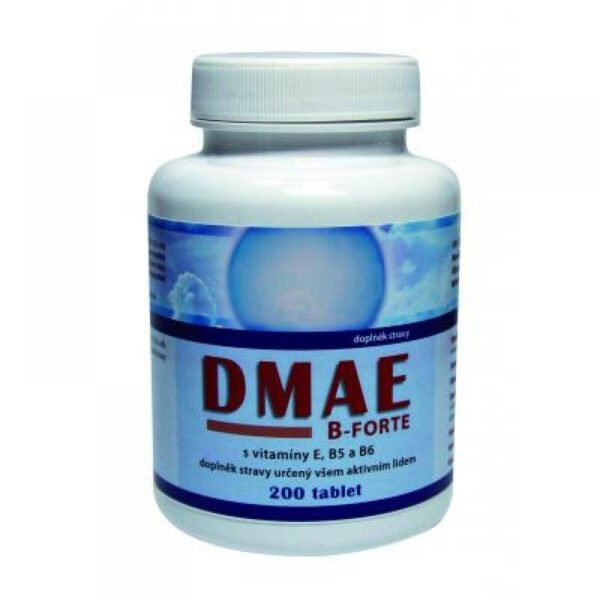For the therapy of iron deficiency in children and adults.
Important information (mandatory information):
Ferrlecit 2 280 mg, coated tablet. Active ingredient: iron (II) succinate, anhydrous. Areas of application: For the therapy of iron deficiency in children and adults.
Read the information leaflet about risks and side effects and ask your doctor or pharmacist.
Ferrlecit 2 with food and drink:
Iron-binding foods (containing phosphates, phytates or oxalates) and drinks such as milk, coffee and tea inhibit iron absorption and you should only consume them at a long time (2-3 hours) before taking Ferrlecit-2.
Pregnancy and breast feeding period:
If you are pregnant or breast-feeding, think you may be pregnant or are planning to have a baby, ask your doctor or pharmacist for advice before taking this medicine. No reports of adverse effects after taking oral iron preparations in therapeutic doses for the treatment of anemia in pregnancy are known to date. If you are pregnant or breastfeeding, you can take Ferrlecit 2 to treat iron deficiency in the dosage provided.
Driving and using machines:
There are no special precautions required.
Ferrlecit 2 contains sucrose:
This medicine contains sucrose. Please only take Ferrlecit 2 after consulting your doctor if you know that you have an intolerance to some sugars.
Type of application:
To take. Please take the tablets whole during the meal with enough liquid (preferably a glass [200 ml] of drinking water).
Duration of application:
Your doctor will determine the duration of use. It depends on the hemoglobin value and is about 3–6 months. Please talk to your doctor or pharmacist if you have the impression that the effects of Ferrlecit 2 are too strong or too weak.
If you take more Ferrlecit 2 than you should:
If you take Ferrlecit 2 in too large quantities, you should immediately inform a doctor. To treat iron poisoning, milk or raw eggs are recommended to bind the metal ions. Deferoxamine serves as a specific antidote. To neutralize the iron still in the gastrointestinal tract and to prevent it from being absorbed, add 5–10 g deferoxamine (children up to 5 g) in 50–100 ml liquid (tap water) and take it. If the blood iron level exceeds 3 mg / l and the iron binding capacity of the iron transport protein is exceeded, an infusion into a vein of 1-2 g deferoxamine (maximum 16 mg / kg body weight / hour) is recommended. The infusion should be repeated the next day if necessary and serum iron levels should be checked. Signs of Ferrlecit 2 overdose may include nausea, vomiting blood, bloody diarrhea and shock in the first phase. After a phase of apparent recovery, there is another severe shock; Cheyne-Stokes breathing (periodically decreasing and increasing depth of breath) and finally death can result from convulsions and possibly toxic hepatitis (inflammation of the liver). A lack of platelets (thrombocytopenia) and a certain coagulation factor (hypoprothrombinemia) with hemorrhagic diathesis (bleeding tendency) as well as central and peripheral paralysis are possible. If the poisoning does not end fatally, serious organ damage can develop, such as pyloric, antral stenosis (narrowing of the stomach exit), liver cirrhosis (chronic liver disease) and damage to the central nervous system.
If you forget to take Ferrlecit 2:
Do not take a double dose to make up for a forgotten dose. Take your next dose at the usual time.
If you stop taking Ferrlecit 2:
If treatment with Ferrlecit 2 is interrupted or stopped prematurely, adequate iron deficiency compensation cannot be guaranteed. Please consult your doctor immediately.









 For Kids
For Kids














